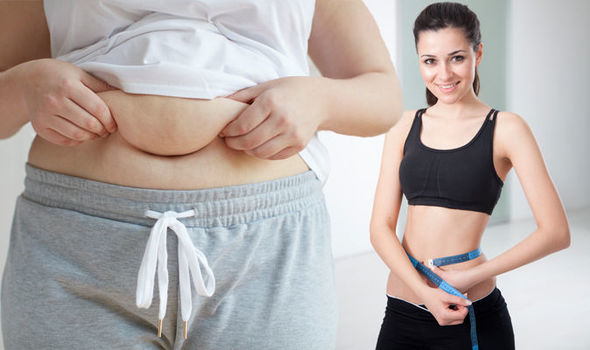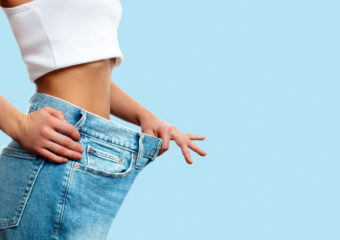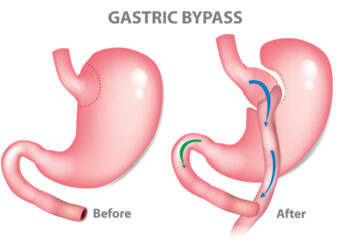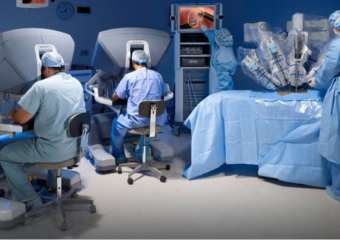How to Lose Weight Fast in Simple 9 Steps

Remember, losing weight too quickly can have negative effects on your metabolism and overall health. Aim for steady, sustainable progress. Also, what works for one person may not work for another, so it’s important to find an approach that suits your individual needs and preferences. Always consult with a healthcare professional before making significant changes to your diet or exercise routine.
Sticking to a conventional diet and exercise plan can be difficult.
However, there are several proven tips that can help you eat fewer calories with ease.
These are effective ways to reduce your weight, as well as to prevent weight gain in the future.
How to Lose Weight Fast in Simple 9 Step’s
1. Boost your cooking skills.
Understanding how to prepare meals and developing better skills in the kitchen can be a powerful way to lose weight without reducing food intake.
People who have more knowledge about how to cook different foods are more likely to eat a wide variety of highly nutritious ingredients, including fruit and vegetables, which are great for weight loss.
In fact, researchers Trusted Source are increasingly linking weight gain and obesity to poor cooking skills.
People who are not confident in the kitchen can try taking a cookery class or watching cooking videos online. A great place to start is Jamie Oliver’s Food Tube, which focuses on how to make simple, healthful meals.
2. Eat more protein.
Protein constitutes a fundamental component of a balanced diet, playing a crucial role in promoting growth and supporting an efficient metabolism. Additionally, protein has been shown to enhance feelings of satiety, effectively staving off hunger.
In a recent small-scale study among young women, the consumption of high-protein yogurt as an afternoon snack was observed to diminish feelings of hunger and subsequently reduce calorie intake during subsequent meals.
Incorporating more protein into one’s dietary intake can be achieved through uncomplicated methods, such as introducing a tablespoon of chia seeds or hemp seeds into breakfast cereals or incorporating a greater number of eggs into daily meal plans.
3. Chew slow.
In order to eat slowly, you actually need to chew your food several times before swallowing it. This can help you reduce calorie intake and lose weight. In fact, several studies have found that people with weight problems tend to chew their food less than normal-weight people do.
However, there may be a limit to how much chewing you can do and still enjoy a meal. One study found that chewing each bite for 30 seconds reduced snacking later on, but also significantly reduced meal enjoyment.
4. Making the switch to a high-fiber diet
If you’re new to eating high-fiber foods, it’s best to start by gradually adding fiber to your diet and increasing your water intake. Fiber absorbs water so the more fiber you add to your diet, the more fluids you should drink.
Suddenly adding a large amount of fiber to your diet can sometimes cause side effects such as abdominal cramps, intestinal gas, bloating, or diarrhea. These should go away once your digestive system becomes used to the increase in fiber, but adding fiber gradually and drinking plenty of fluids can help avoid discomfort.
Tips for getting more fiber from meals at fast food restaurants:
- Tips for getting more fiber from meals at fast-food restaurants:
- Choose sandwiches, burgers, or subs that come on a whole wheat bun or whole grain bread.
- Try a veggie burger. Many taste much better than they used to and contain two or three times more fiber than a meat burger.
- Select a side of beans for a healthy fiber boost.
- Choose nuts or a salad over fries or potato chips.
- Combining a baked potato and a side of chili, available at some burger chains, can make a tasty, high-fiber meal.
- Several chains offer oatmeal bowls for breakfast, a higher fiber choice than most breakfast sandwiches. Try to choose lower sugar versions if possible.
- Finish a fast food meal with a fruit cup, fruit and yogurt parfait, apple slices, or a piece of fresh fruit.
5. Serve food in multiple small portions
This method is most useful in a buffet or snacking situation. One study divided single meals into smaller portions to test whether people expected to feel fuller after eating the same amount of food in separate units.
They found that by dividing foods into three or six separate portions, the participants’ expected level of fullness was greater.
When eating at a buffet, a person can take multiple small plates to split the food across. When snacking, they can cut up the snacks and place them on different small plates.
A person can also try dividing mealtimes up into several small courses, instead of putting everything on one plate.
6. Sleep Well and Avoid Stress
A good night’s rest is essential for general health and weight maintenance. Poor sleep disrupts important hormones, including those involved in metabolism.
Getting less than 6 hours of sleep a night can increase a person’s risk of being overweight or obese.
Raised stress levels can also disrupt hormonal balance. When a person is stressed, their body produces hormones called glucocorticoids. Too many glucocorticoids can increase a person’s appetite, leading to weight gain.
Stress can also trigger emotional eating. Emotional eating is when a person eats unhealthful foods to try to control and improve a negative mood.
7. Reducing Sugary Drinks in Your Diet
Take a minute and think about what you drink in a typical day. Unless you are a true water lover, you may be getting some extra, unneeded calories through sweetened soft drinks, sodas, iced tea, coffee, juice, and energy and sports drinks. In fact, sugary drinks are the number one source of added sugars in our diet.
Some research suggests that when you drink calories, you aren’t as satisfied as when you eat the same amount of calories in food. This could lead to eating more calories than you need.
- Cut back slowly – If you have sugary drinks like sodas and sweetened teas on a regular basis, start cutting back now. Mix half sweetened and half unsweetened while you get used to less sugar, and gradually reduce the sweetness.
- Choose water – Replace sugary drinks with water. That can seem like a challenge if you aren’t a big fan. Here’s how to drink more water:
-Carry a refillable water bottle or keep a cup at your desk to make water the easy choice.
– Add slices of your favorite fruits for a boost of flavor.
– Try seltzer or sparkling water if you prefer fizzy carbonated drinks.
- Sip a smoothie – When you’re in the mood for something sweet or need an afternoon energy boost, skip the coffee and soda and try a budget-friendly homemade smoothie! Blend frozen fruits and veggies with plain, low-fat yogurt, milk or water.
8. Use a smaller plate
When individuals portion their meals onto a plate, they often consume all the food present on that plate. By simply using smaller plates or being mindful of the amount of food they place on their plates, they can effortlessly reduce their calorie intake.
In 2017, two separate studies involving university students discovered that these individuals consistently served themselves smaller portions when using specially designed portion control plates.
These portion control plates feature visual cues for different food groups, enabling people to easily adjust their serving sizes without the need for guesswork.
9. Make snacks healthier
Snacks have increased in size Trusted Source over time, resulting in people consuming too much between meals.
However, healthful and homemade snacks can increase fullness and reduce the number of calories that people eat during meals.
Healthful snacks include:
- yogurt
- dried prunes or dates
- high-fiber fruits, such as apples, bananas, and oranges
- high-fiber vegetables, including carrots and broccoli
- a handful of unsalted, unflavored nuts, such as cashews or walnuts



